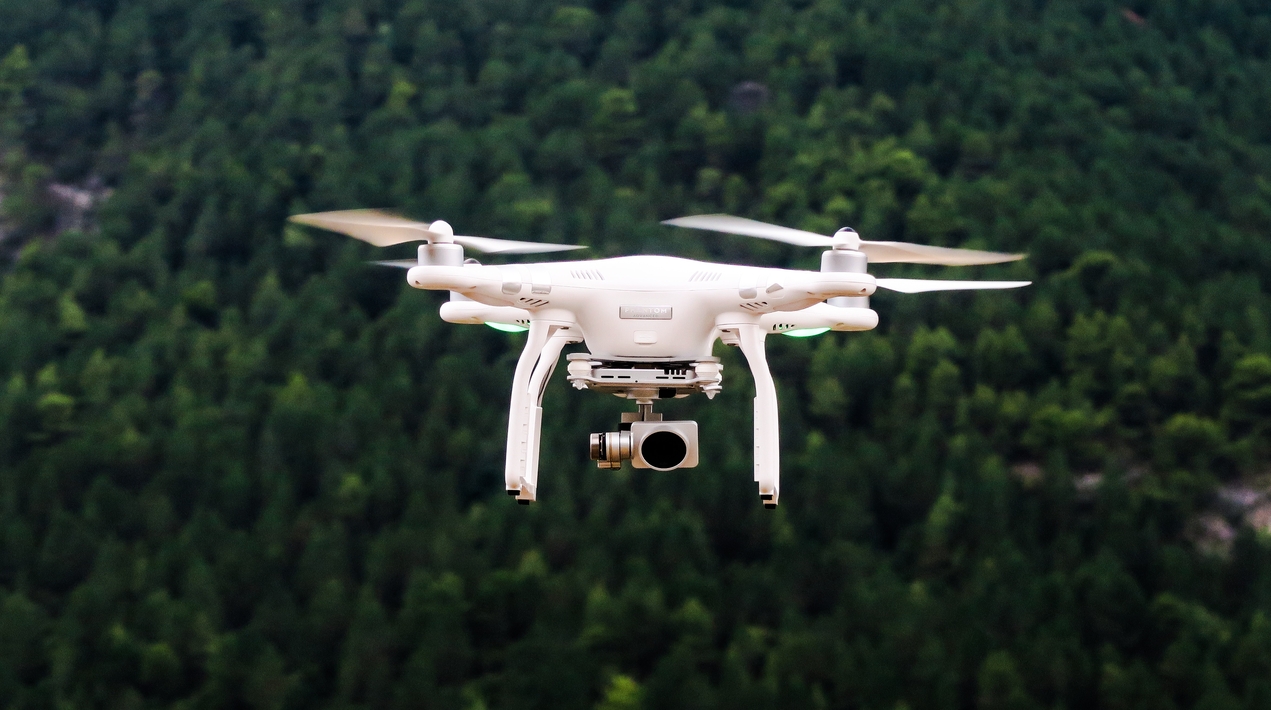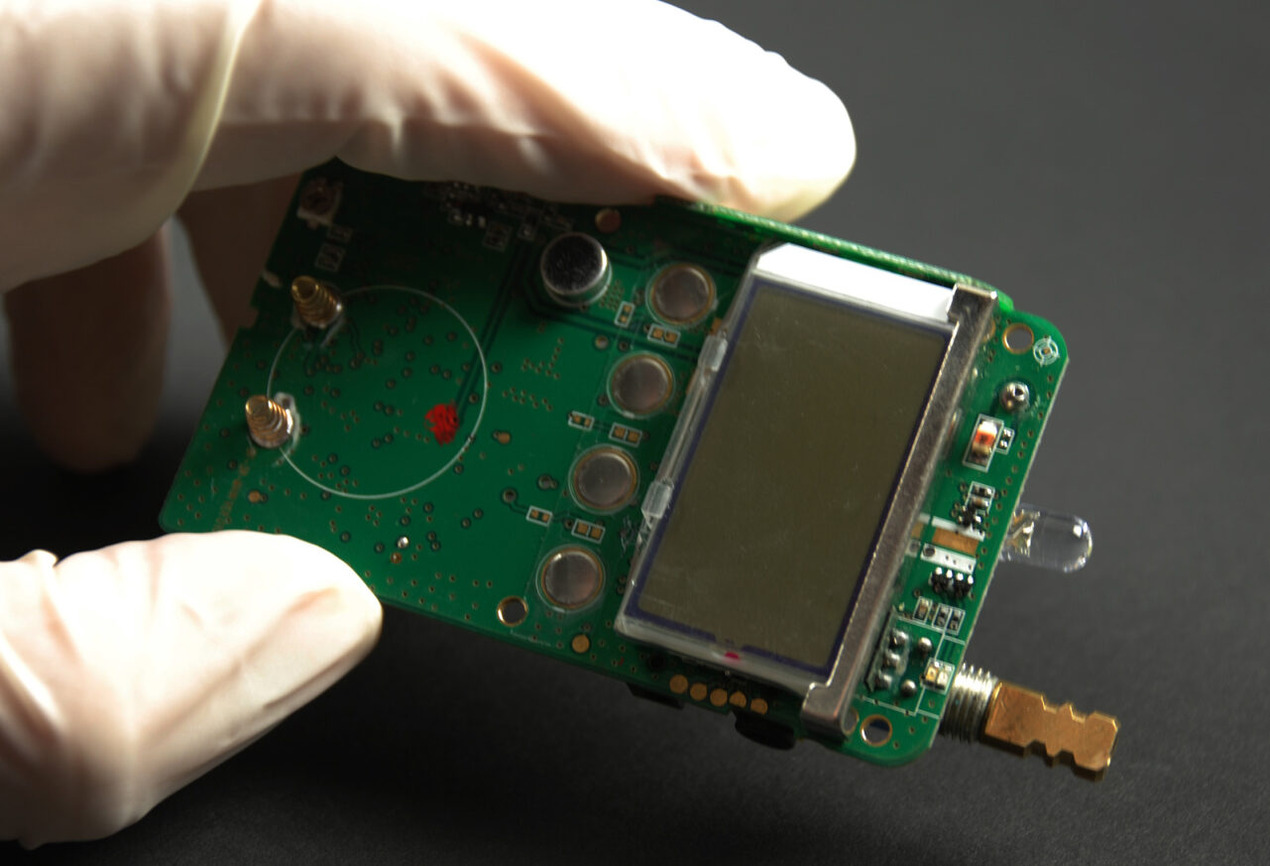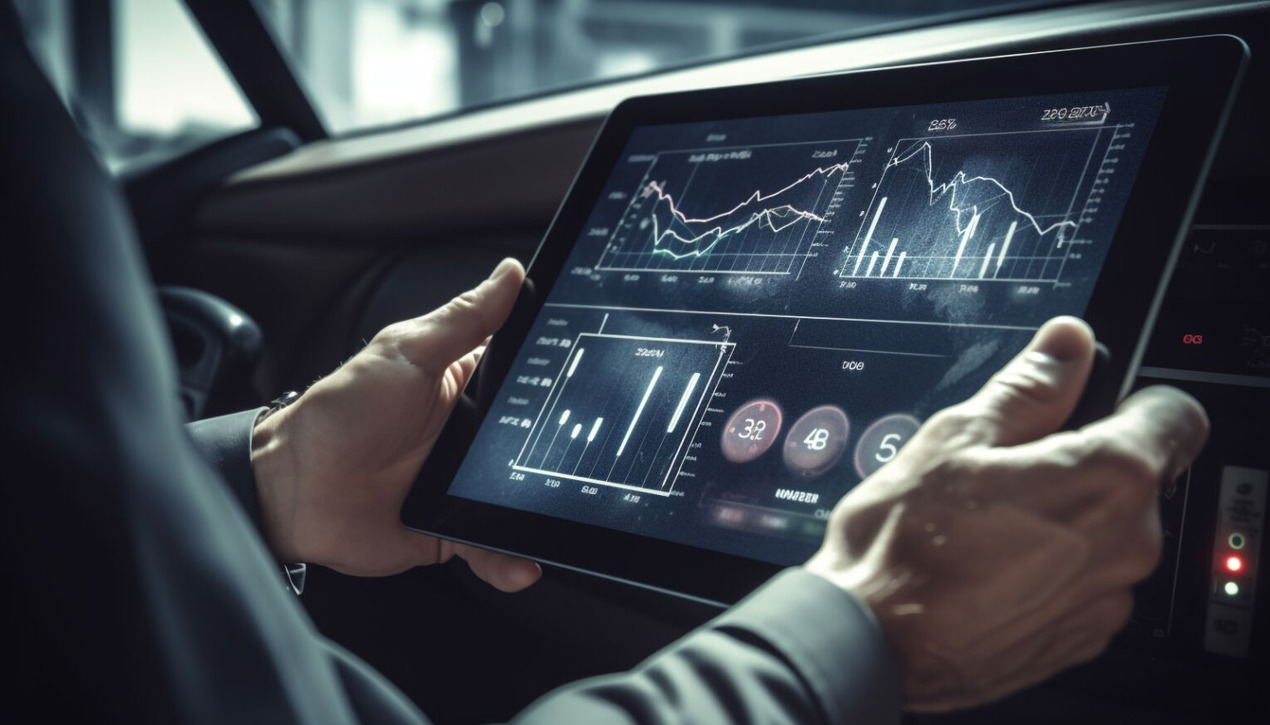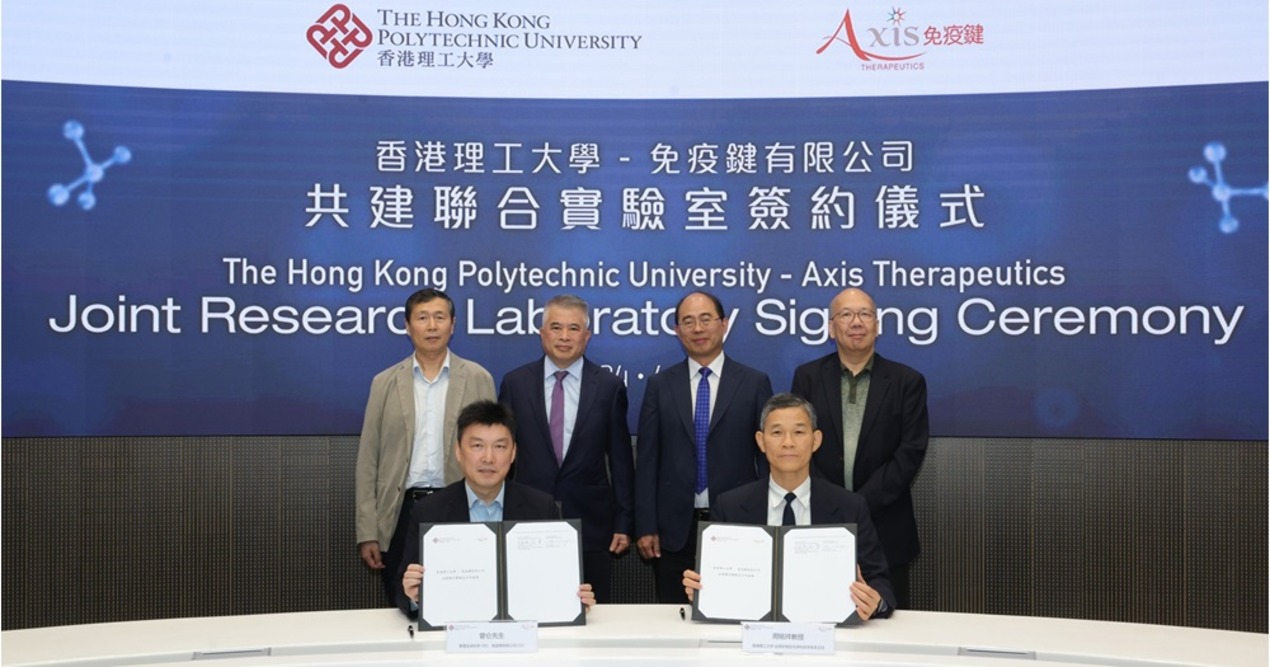
Across the world, communities are fighting to restore tree cover. Biodiversity loss and efforts to mitigate climate change are driving forces for this renewed interest in forests. However, the high costs in developing economies and poor political resolve in wealthy nations continue to hinder reforestation efforts.
Fortunately, various governments are stepping up and petitioning start-ups and tech firms to use drone reforestation to radically reduce reforestation costs. These developments allow private companies to play a forward role in forest revitalisation and climate change mitigation.
New Drone Technology
Drones are unmanned aircraft wildly ranging in size and controlled by human operators on the ground. They are one of many new technologies that scientists and policymakers alike are actively using to mitigate climate change. Many of the innovative start-ups touting this technology hope to use their tech in developing nations across the world.
Thailand, for example, is one of the economic powerhouses of Southeast Asia. It is home to more than 68 million people. It is also employing drone technology to meet its emissions targets and reforest its lands. Since 1961, forest cover in Thailand has declined from 53.5% to 31.6%, with significant portions of the deforestation occurring in wildlife hotspots located within Thailand’s rainforests.
Much of the country’s deforestation has been to accommodate not only the industry but rapid population growth. In 2014, due to a renewed dedication to reforestation, the Thai government swiftly and randomly evicted thousands of people to conduct reforestation efforts. While reforestation is a necessary endeavour, the rights of many Thai were violated in the name of environmental protection.
However, recent political developments in Thailand point to a renewed interest in bridging the gap between reforestation and population growth. Through “community forestry,” thousands of communities now manage the forests around their homes in line with conservation measures.
Moreover, Thailand has established rapid reforestation campaigns through the use of drones. Sustainable, cooperative reforestation will help Thailand meet its emissions targets and grow its economy through eco-tourism, restoring the nation’s biodiversity and improving human rights for its minority communities.
Other nations are using drone tech to reforest their lands as well. For example, Madagascar which is home to over 25 million people and located off of the coast of Africa in the Indian Ocean, has lost more than 40% of its tree cover since 1960.
The island has a unique geographic history, separating from the main continent of Africa more than 88 million years ago. As such, many of its species are endemic to the island. Madagascar has such stark biodiversity that it is home to nearly 3% of all animal and plant species in the world, including the lemur and the baobab tree.
Deforestation causes immense harm to the Malagasy people as well. It disrupts local rainfall patterns, destroys water tables and expedites the loss of topsoil. These factors can cause poor agricultural yields, leading to food and water insecurity and ultimately further deforestation.
The government of Madagascar has recognised the issue and is engaged in a reforestation campaign to plant four million hectares of trees across the island, in part using drone technology.
Looking ahead
Forest decline is a complex issue. Political, social and economic developments, however, can prevent massive declines in the rate of deforestation. New developments in technology, particularly the new possibility of rapid reforestation with inexpensive drone technology, offer the thrilling possibility of restoring forests across the world.
Instead of violating human rights to get there, drone reforestation can plant trees while ensuring impoverished communities receive the benefits of climate stability and water and food security.
















